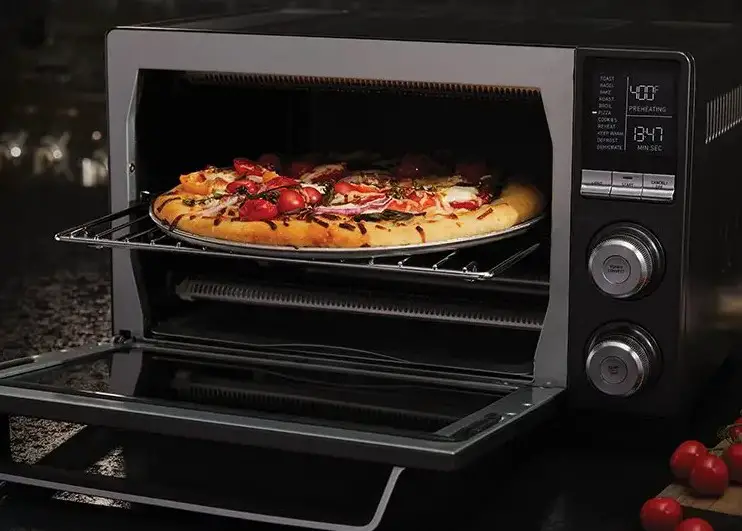So, you have decided to start eating more healthily. One of the ways is to change the cooking oil to only olive oil. Well-known as part of the Mediterranean Diet regime, olive oil has many health benefits. Richly contained with monounsaturated fats and antioxidants, olive oil is a favorite to many.
Still, can you put olive oil in the oven? Will your foods get overly-toasted with it?
Why Olive Oil Is Considered Healthier by Many

Fried foods are easy, delicious, and fun to make. However, your health is at risk if you consume too much of them. To compromise with reality, olive oil is the alternative for frying your chicken, chips, and many more.
Not only that, olive oil is perfect for other things too. Want to marinate your fish? Use olive oil. You can also use olive oil as salad dressing, a dip, and even a replacement for butter for baking foods in some menus.
Of course, you cannot help but wondering whether it is safe to have olive oil inside your microwave or oven. Although olive oil is good as non-sticky material for your pans, you might probably want to reconsider having it inside the oven.
How Safe Is Putting Olive Oil in the Oven?

The good news is, you can still put olive oil in the oven or microwave. The trick is in the temperature. Keep it low to avoid turning olive oil into degradation because of oxidative damage. When this happens, toxic compounds will be released—which means bad for your health.
How is that possible? Unlike other cooking oil types, olive oil can only put up a temperature as hot as 350 °F. Other cooking oils can put up over 400 °F, but let’s not do that when cooking with olive oil.
Another thing to consider is the olive oil quality. For the record, extra virgin oil has the lowest smoke point. Just to be on the safe side, do not use olive oil for cooking something that needs more than 350 °F temperature.
3 Things That Will Happen Once Olive Oil Reaches Its Smoke Point:
Can you put olive oil in the oven? Sure, as long as you remember one important key: 350 °F. That is the smoke point of olive oil when used for cooking.
What happens when olive oil reaches its smoke point? As mentioned earlier, toxic compounds will be released. In details, there are three stages to note down here:
1. The cooking will start to smoke.
Watch out when you start seeing bluish smoke. That is the first warning sign. You must do something about it before it reaches the next points below.
2. The cooking will lose its flavor and nutritional contents.
When it comes to frying foods, olive oil has been proven to be more stable than other cooking oils. It can put up with moderate heat longer since it contains antioxidants.
Unfortunately, if you do not watch out more after the bluish smoke, this will happen. Your cooking will lose its flavor and nutritional contents. Yes, it is probably still edible. However, you will not gain enough nutrients like you plan to. That is when cooking with olive oil becomes not so healthy. It depends on how you cook.
3. The toxins will be released.
Red alert once it reaches this stage. There will be a rapid rise in releasing toxic chemicals into the air when you cook. These toxic chemicals are called aldehydes. If the menu of your choice requires heat over 350 °F, skip using olive oil instead. Choose other cooking oils.
Last But Not Least….
Olive oil works wonders in keeping the pan clean. Your food will not leave sticky marks on it after cooking. Of course, be sure to keep the temperature low—not more than 350 °F. In fact, a little lower than 350 °F is better.
So, can you put olive oil in the oven? Of course, you can. Be sure to keep in mind that the temperature must not be too high. Remember, 350 °F is the smoke point. Once you stick to this simple rule, cooking with olive oil is indeed healthy like they say. You get to have the finest foods and avoid having to deal with toxic chemicals in the air.
Related: